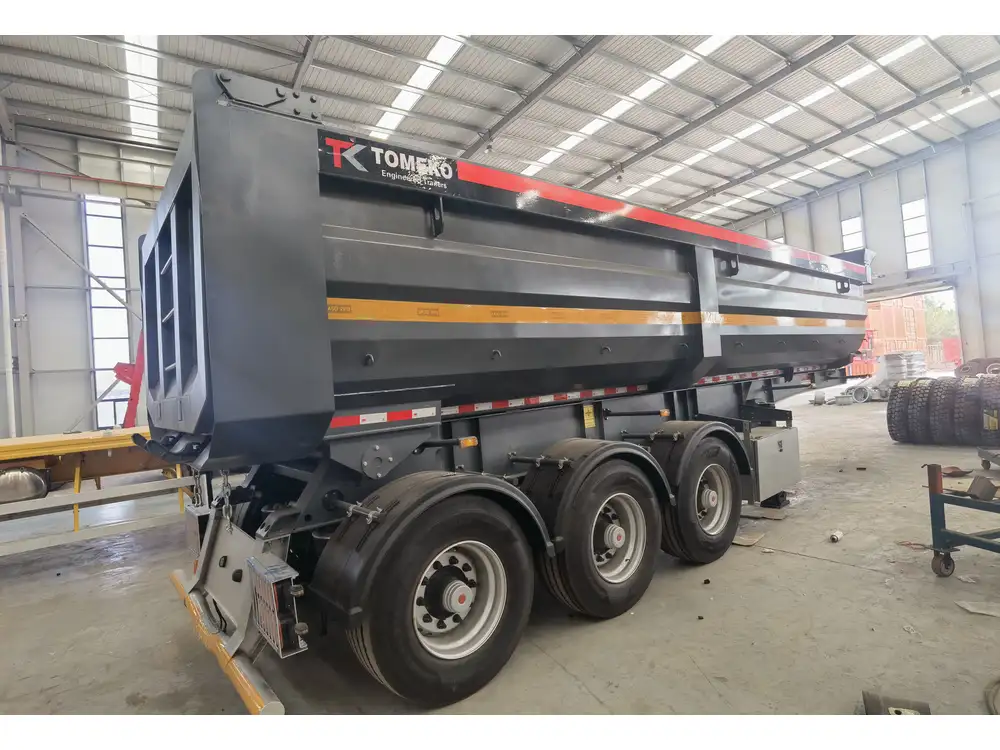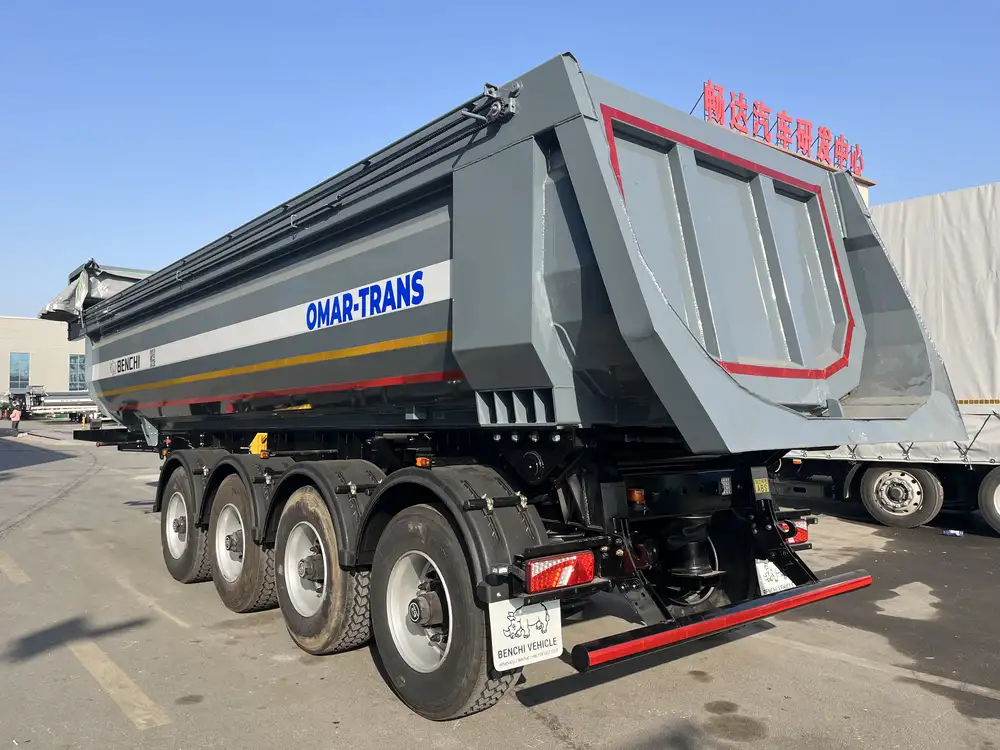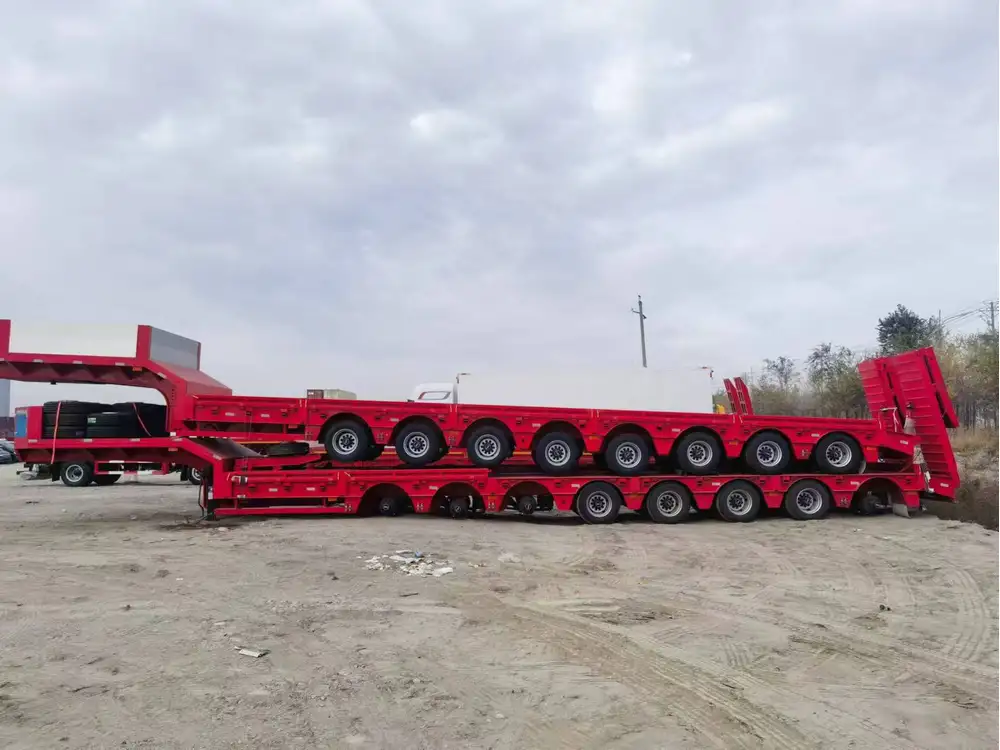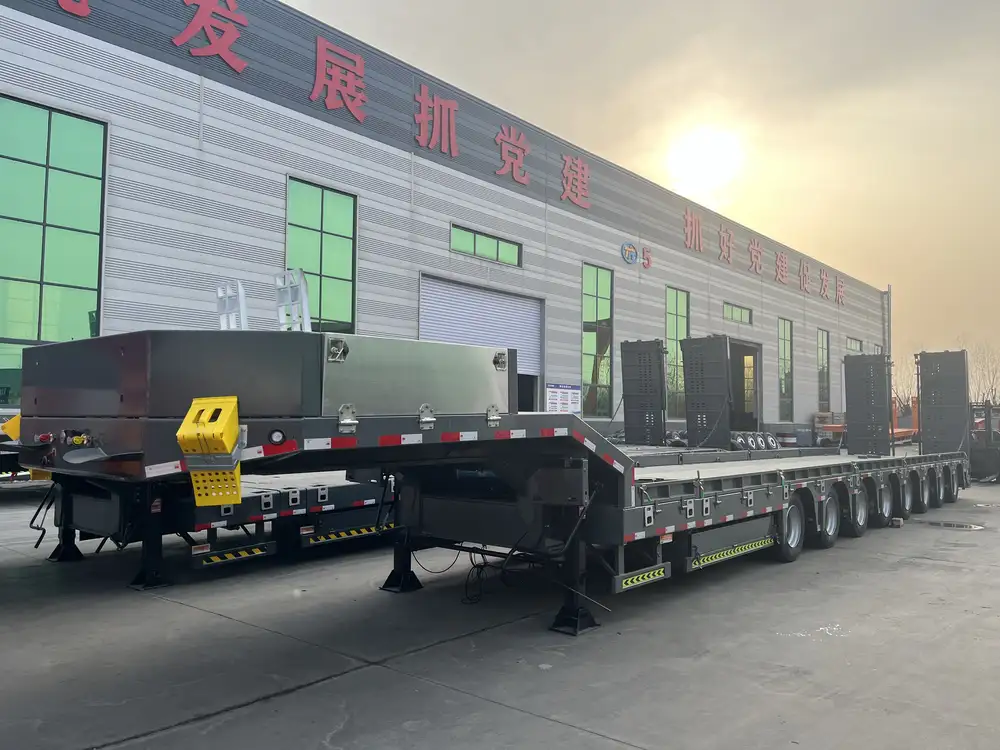Transporting roof trusses requires careful planning and execution. As a manufacturer of semi-trailers, we understand the significance of efficiency and safety in logistics. This guide will provide you with detailed steps, considerations, and best practices for effectively transporting roof trusses on a flatbed trailer.
Understanding Roof Trusses
Before diving into the logistics of transporting roof trusses, it’s crucial to understand their structure and purpose. Roof trusses are engineered frameworks used to support roofs in residential, commercial, and industrial buildings. They come in various shapes, such as:
| Type | Description |
|---|---|
| King Post | A simple truss design with a central vertical post. |
| Queen Post | Similar to the King Post but has two vertical posts for added strength. |
| Fink | A lightweight design with efficient load distribution. |
| Scissor Truss | Characterized by crossing members for added height in vaulted ceilings. |
Key Considerations for Transport
Transporting roof trusses involves various factors that influence the overall process. Understanding these will help streamline your logistics.

1. Size and Weight of Trusses
The dimensions and weight of roof trusses will dictate the choice of trailer and loading method. Ensure that your flatbed trailer can accommodate the maximum height and width to avoid issues during loading and unloading.
2. Structural Integrity
Prioritize ensuring the integrity of the trusses during transport. They should be tightly secured to prevent shifting, which could lead to damage.
3. Local Regulations
Familiarize yourself with local transportation regulations concerning oversized loads. Certain regions may require special permits or escort vehicles for transporting large items.

Preparing for Transport
Step 1: Assess the Trusses
Before loading, conduct a comprehensive assessment of the trusses to identify potential damage or weaknesses that may worsen during transport. Check for:
- Cracks or splits in the wood
- Inaccuracies in dimensions
- Presence of any unwanted pests
Step 2: Choose the Right Trailer
For transporting roof trusses, a flatbed trailer is typically the most suitable choice. Considerations include:
- Flatbed Size: Ensure it meets the dimensions of the trusses.
- Weight Capacity: Confirm the trailer can handle the weight of the load.
- Features: Look for additional features such as stake pockets for added security.

Step 3: Gather Necessary Equipment
Gather essential tools and materials for loading and securing the trusses:
- Ramps for loading
- Ratchet straps or tie-downs
- A forklift or crane to assist in moving heavy trusses
- Safety gear (gloves, helmets)
Loading Roof Trusses on a Flatbed Trailer
Step 1: Position the Flatbed Trailer
Park the flatbed trailer on a level surface to ensure stability during loading. Engage the brakes to prevent movement.

Step 2: Use the Right Equipment for Lifting
If trusses are heavy or cumbersome, utilize a forklift or a crane. This will minimize the risk of injury and damage. Ensure the operator is skilled and follows safety protocols.
Step 3: Secure the Trusses
Once positioned, it’s essential to properly secure the trusses:
- Lay the Trusses Flat: Place the trusses flat to reduce the strain and potential bending during transport.
- Use Stackers: If transporting multiple trusses, consider using stackers to maintain structure and spacing.
- Ratchet Straps: Use durable ratchet straps to secure each truss. Ensure the straps are tight but not overly so to avoid damage.
Step 4: Check for Overhang
If the trusses extend beyond the flatbed, check local regulations concerning overhangs and adjust the load accordingly. If needed, add red flags to the ends of the trusses to alert other drivers.

During Transport
Safe Driving Practices
- Speed Limit Awareness: Maintain a moderate speed to ensure stability.
- Avoid Sudden Movements: Slow, calculated turns and stops help maintain balance.
- Frequent Checks: Stop periodically to check that the load remains secure and undamaged.
Unloading Roof Trusses

Step 1: Choose the Right Location
Prior to unloading, ensure a designated safe area with ample space for maneuvering the trusses.
Step 2: Prepare for Unloading
Use the same tools and equipment for unloading as you did for loading. Safety gear is essential.
Step 3: Carefully Remove Straps
Cut or untie the securing straps only after confirming the unloading area is safe. Use the forklift or crane to lift the trusses off the trailer carefully.

Step 4: Store Trusses Properly
Once unloaded, store roof trusses in a dry, sheltered area to prevent water damage or warping.
Compliance with Regulations
1. Health and Safety Standards
Abide by OSHA (Occupational Safety and Health Administration) regulations. Ensure all operators and workers involved in loading and unloading are trained in safety practices.

2. Transport Permits
Depending on the size of the load, ensure to acquire necessary transport permits from local authorities to avoid legal repercussions.
Conclusion
Transporting roof trusses on a flatbed trailer is a task that demands meticulous planning, adherence to regulations, and proper techniques for securing the load. By following the steps outlined in this guide, you can ensure the safe and efficient transport of roof trusses while minimizing risks associated with damage or injury.
When it comes to logistics, proactive measures create a significant difference in outcomes. Focus on meticulous preparation and adherence to best practices for a seamless transportation experience, allowing for the successful transfer of roof trusses to job sites.
Whether you are a contractor, builder, or logistics manager, your reputation and efficiency hinge on the careful transport of materials. Make informed decisions, adopt strategic methodologies, and reap the benefits of a well-managed transport system for roof trusses.
By incorporating these practices, you not only protect your investment in materials but also enhance your overall operational efficiency and profitability. Embrace these guidelines, and you will establish a framework for successful transport operations that can serve as the backbone of your business.
Additional Resources
For further insights and operational support, consider the following resources:
- Transportation safety guidelines from the Federal Motor Carrier Safety Administration (FMCSA)
- Best practices for handling heavy loads from OSHA standards
- Local state transportation department regulations for oversized loads
Engage with these invaluable resources to stay informed and compliant in all your transport operations.



